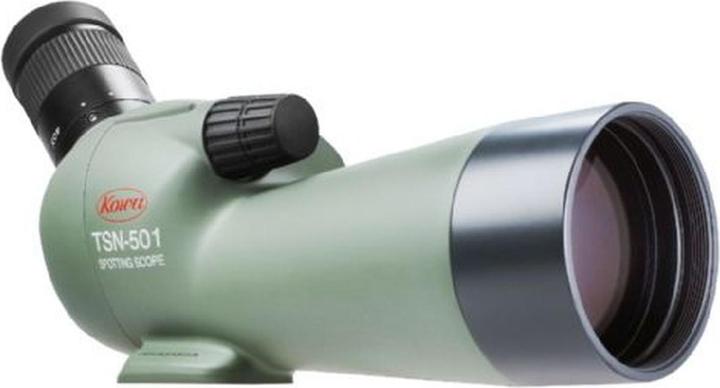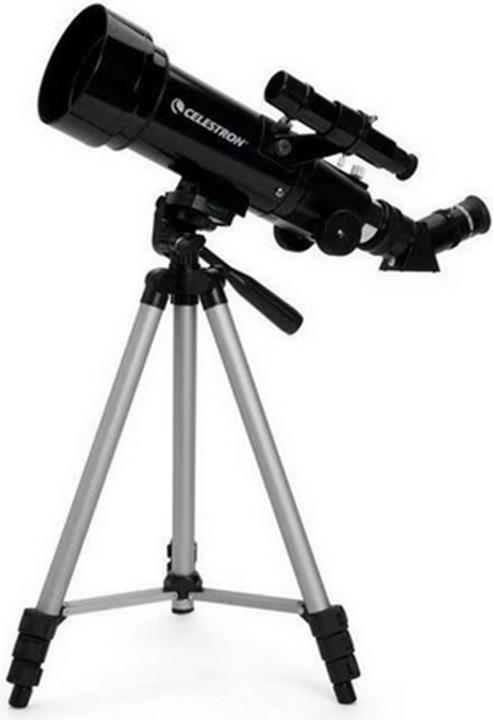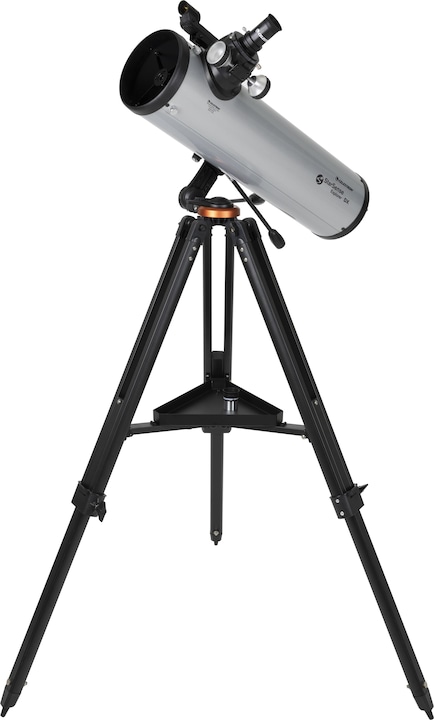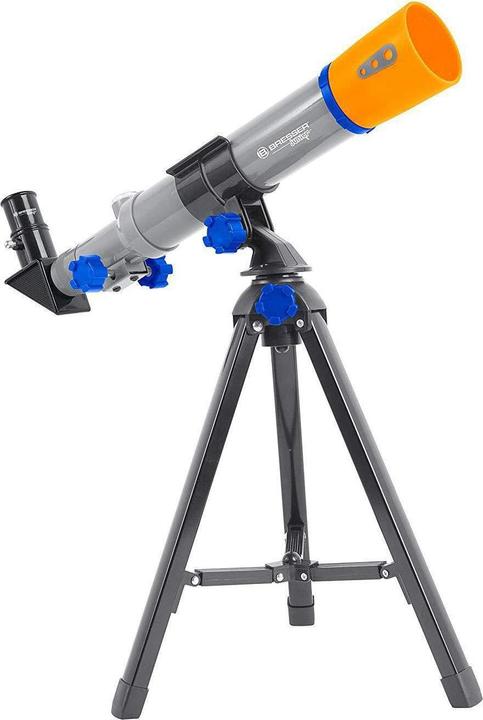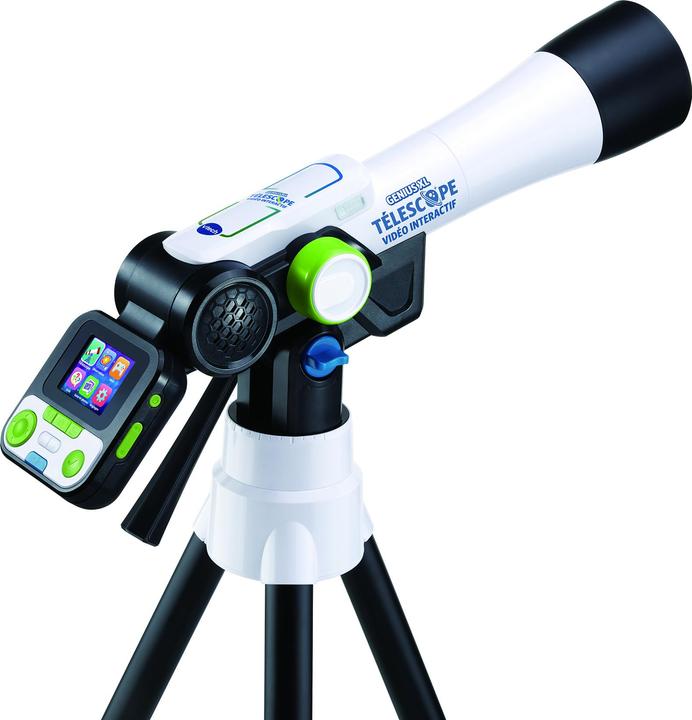
Too Many Telescopes? Here's How to Choose the Right One
Consider these five essential factors when selecting the best telescope for your needs.
Last updated 3 days ago. Automatically generated content.


Select options and limit the number of products
Telescope type determines the method by which light is collected and magnified, affecting image clarity and detail. Choosing the right type is crucial for matching your viewing needs, whether for stargazing, birdwatching, or general observation.
Popular options (you can select more than one)
Refractor
Typical price
110.– to 360.–Uses lenses to gather light and form an image, providing sharp and high-contrast views.
Ideal for observing planets and moons, offering ease of use and low maintenance.
Bestseller
Reflector telescope
Typical price
200.– to 680.–Utilizes mirrors to collect light, allowing for large apertures at a lower cost.
Excellent for deep-sky observation, such as galaxies and nebulae, with great light-gathering capability.
Bestseller
Spotting scope
Typical price
190.– to 990.–Compact, portable scopes designed for terrestrial viewing, using lenses and prisms.
Perfect for birdwatching and wildlife observation, offering versatility and easy handling.
Bestseller
Focal length in telescopes determines the magnification power and field of view, influencing how well you can observe distant objects. Choosing the right focal length is essential for matching your observation preferences, whether you're interested in wide-field views or detailed studies of celestial bodies.
Popular options
Up to 500 mm
Typical price
100.– to 360.–Short focal length provides a wider field of view, ideal for viewing large areas of the sky.
Best suited for casual stargazing and observing star clusters, making it great for beginners.
Bestseller
501 - 900 mm
Typical price
120.– to 320.–Offers a balance between field of view and magnification, suitable for various celestial observations.
Recommended for users who want versatility in viewing planets and deep-sky objects with moderate detail.
Bestseller
901 - 1500 mm
Typical price
290.– to 710.–Longer focal length provides higher magnification for detailed observations of specific celestial bodies.
Ideal for experienced astronomers focusing on planetary studies and detailed lunar observations.
Bestseller
The telescope application range defines the types of celestial objects that can be observed, guiding users to choose the right equipment for their interests. This factor is crucial as it directly impacts the viewing experience, allowing for tailored observations suited to specific astronomical pursuits.
Popular options (you can select more than one)
Moon & Planets
Typical price
140.– to 420.–Designed for observing detailed features of the moon and planets within our solar system.
Ideal for beginners and casual astronomers interested in exploring planetary surfaces and lunar craters.
Bestseller
Nebulae & Galaxies
Typical price
200.– to 1200.–Equipped to view distant celestial objects like nebulae and galaxies beyond our solar system.
Best for intermediate or advanced astronomers seeking to explore deep space phenomena and cosmic structures.
Bestseller
Astrophotography
Typical price
170.– to 1100.–Optimized for capturing high-resolution images of celestial bodies and events.
Perfect for astronomy enthusiasts looking to document their observations with detailed, vivid photographs.
Bestseller
Magnification in telescopes determines how much larger objects appear compared to the naked eye. Choosing the right magnification is crucial for observing different celestial bodies, as higher magnification can reveal more details but may require steadier handling and better atmospheric conditions.
Popular options
Up to 60 x
Typical price
140.– to 570.–Provides low magnification suitable for viewing wide fields and larger celestial objects like the moon.
Ideal for beginners and casual users, offering ease of use and requiring less stability in setup.
Bestseller
61 - 168 x
Typical price
94.– to 230.–Offers moderate magnification, allowing for detailed observation of planets and star clusters.
Great for intermediate users seeking a balance between detail and ease of handling, enhancing the viewing experience without requiring advanced equipment.
Bestseller
169 - 400 x
Typical price
200.– to 610.–Delivers high magnification for observing intricate details of deep-sky objects and distant galaxies.
Recommended for experienced astronomers who demand precision and have access to stable setups, perfect for detailed celestial observations.
Bestseller
Choosing the right telescope brand can significantly impact your stargazing experience by influencing optical quality, durability, and ease of use. Celestron, National Geographic, and Kowa are among the top brands, each offering unique advantages like innovative technology, beginner-friendly options, and high-quality optics.
Popular brands (you can select more than one)
Celestron
Renowned for its innovative technology and wide range of telescopes catering to all experience levels.
Offers advanced features like computerized mounts, enhancing precision and user experience.
Bestseller
Bresser
Known for robust construction and user-friendly designs, ideal for beginners.
Provides excellent value for money with reliable performance and durability.
Bestseller
National Geographic
Famous for offering educational tools and beginner-friendly telescopes.
Perfect for newcomers, offering affordable options with easy-to-understand guides.
Bestseller
Kowa
Specializes in high-end optics with exceptional clarity and precision.
Ideal for serious astronomers seeking top-tier performance and image quality.
Bestseller
Dörr
Focuses on affordability and practicality, catering to the budget-conscious consumer.
Offers functional, straightforward telescopes suitable for casual observation.
Bestseller
